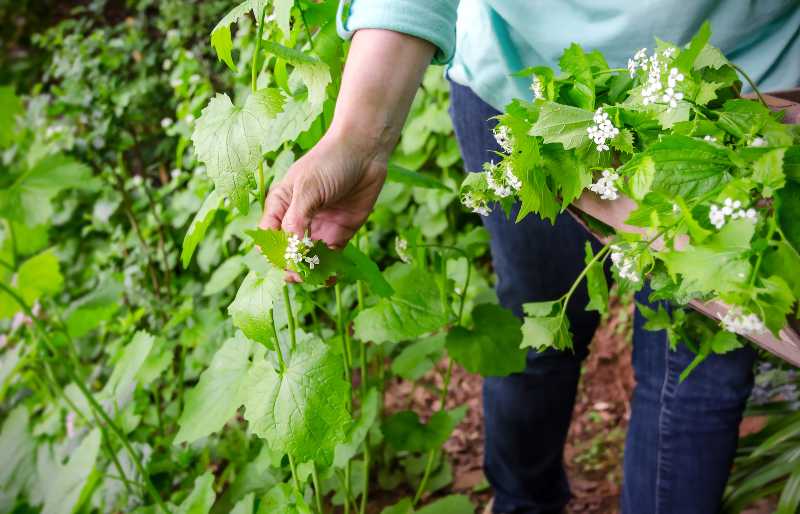Spring Foraging | Spring is a time for rebirth. A call to leave the darkness of winter behind and head outside for sunshine and longer days.
The shift from winter to spring happens quickly, providing the baseline truth in the phrase “spring has sprung”. You may be shoveling the driveway one day and then see a skunk cabbage pushing up through the snow the next.
The plant world is undergoing the transformation from winter storage and dormancy to spring growth and expansion. This makes spring a wonderful time to get outside and forage.
RELATED: Foraging For Wild Edible Plants Across the Nation
Before Heading Out on Your Spring Foraging Journey There Are a Few Tips and Tricks To Keep You and the Plant World Safe

- Identify the plant correctly. Always be 100% sure of the plant’s identification before you harvest and consume. Many plants have poisonous look-alikes so it is imperative you can ID with certainty. Pay attention to the old adage “when in doubt, throw it out”. There are a number of great plant ID books on the market that cover most geographical areas. You may also find foraging classes in your area which can be a fun way to learn about local plants.
- Practice sustainable harvesting for any plants you harvest. Never take more than you need and be sure to leave enough for the plants to survive and prosper. Keep in mind that unless you are eradicating an invasive species, foraging should never negatively impact the survival of the plant population. Take time to learn what plants are invasive in your area and also what plants are endangered and should never be harvested. Forage in areas you know are clean and have not been treated with chemicals. Be wary of foraging along roadsides and under power lines.
- Harvest underground storage organs; bulbs, tubers, rhizomes, etc. with additional consideration as harvesting can kill the plant. Early spring and late fall are the best times to harvest underground storage organs as the plant’s energy is conserved below ground. In late spring and summer, the plant will redirect energy to above-ground growth and production of flowers and seeds. A few examples of bountiful roots to forage in spring are chicory, dandelion, and burdock.
- Seek out leafy greens as they are the stars of spring foraging. This fresh food is available long before our gardens start producing. In most areas, there are quite a few leafy greens to choose from. Dandelion, chickweed, lamb’s quarter, garlic mustard, and violet are all commonly foraged greens. Do some research to find which greens are best eaten raw and which taste best steamed or sautéed.
Get out your rubber boots and garden tools and head outside for a foraging adventure. Foraging is free and can provide a fresh and delicious addition to your next meal.
Take full advantage of spring foraging as summer is just around the corner!
Sarah Bacon – writer, blogger, herbalist, and lover of all things outdoors
Article Source: https://EzineArticles.com/expert/Sarah_Bacon/2528378
Up Next:
- Christmas Survival Guide | How to Survive Christmas
- 9 Reasons To Thank The Troops On Memorial Day
- Spring Allergy Survival Guide
Don’t forget to stay connected with us on Facebook, Twitter, Pinterest, and Instagram!
Article Source: http://EzineArticles.com/

